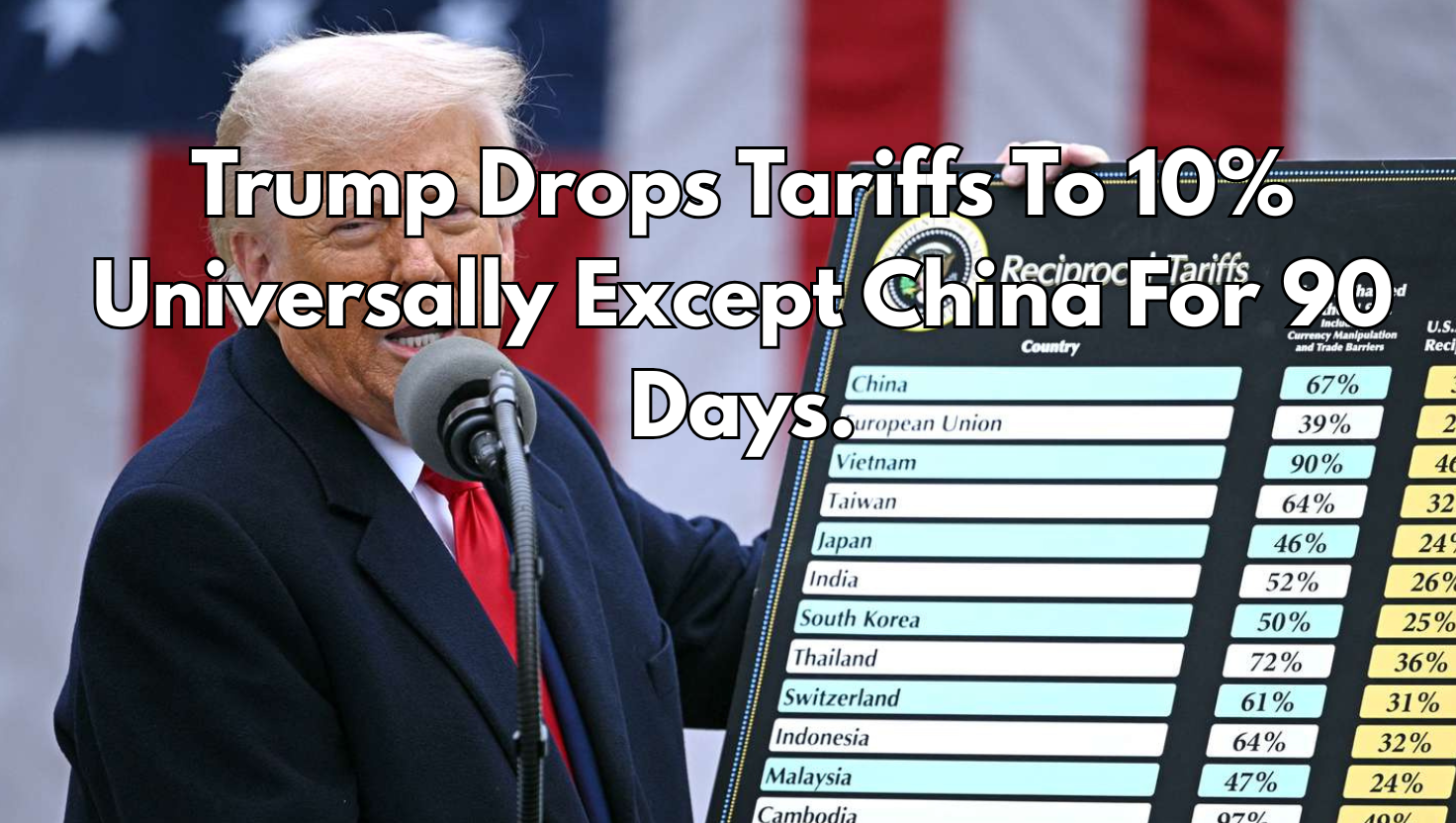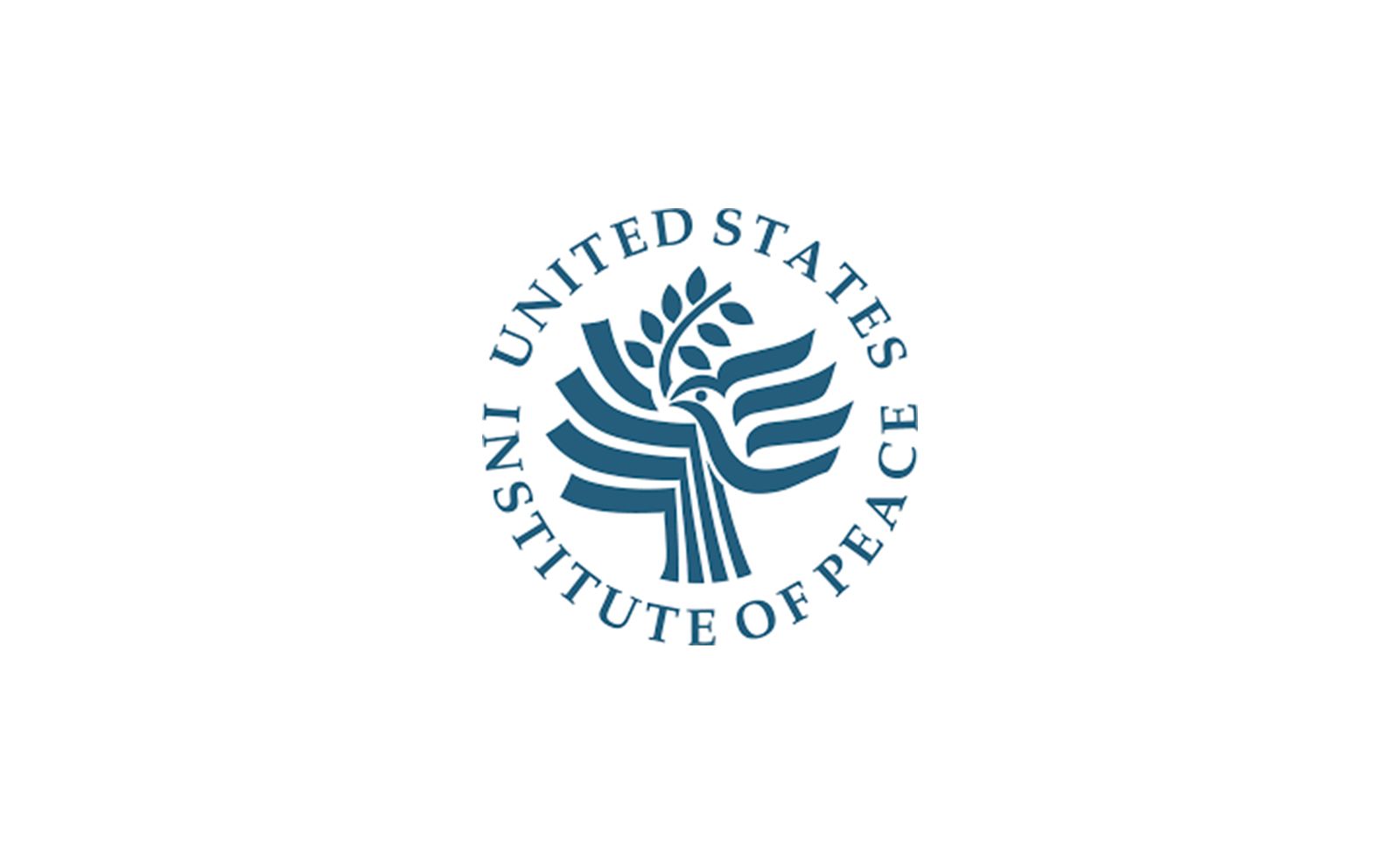Contact Us
objective-wire.org
Hedera vs Solana For Decentralized Apps

(^^data as of 8/30/24)
What are DeCentralized Apps ?
Hedera and Solana represent two prominent platforms in the rapidly evolving landscape of decentralized applications (dApps). Both networks offer unique advantages and have garnered significant attention from developers and businesses aiming to leverage blockchain technology for a variety of use cases.
Hedera Hashgraph operates on a novel consensus algorithm known as Hashgraph, distinct from traditional blockchain architectures. This distributed ledger technology promises high throughput, low latency, and fairness in transaction ordering. Hedera aims to address some of the scalability issues that plague conventional blockchains by utilizing a Directed Acyclic Graph (DAG) structure.
The network is governed by a council comprising major global organizations such as Google, IBM, and Boeing, which underscores its commitment to decentralization while maintaining enterprise-grade reliability. Hedera’s native cryptocurrency, HBAR, is integral to its ecosystem, facilitating transactions and securing the network through staking mechanisms.
Scalability And Transaction Speed of HEDERA and Solana
This enables extremely fast transaction processing times and high scalability by allowing multiple validators to work concurrently without waiting for global synchronization. While both approaches aim to optimize performance and security for dApps, they do so through fundamentally different methodologies. Hedera’s Hashgraph focuses on rapid information dissemination and virtual agreement processes that ensure fairness and finality quickly. In contrast, Solana’s Proof of History provides an innovative way to streamline transaction sequencing that supports ultra-high throughput levels essential for complex dApp ecosystems.
Hedera | a Unique Crypto based in texas
The asynchronous Byzantine Fault Tolerance (aBFT) of Hedera ensures that the network remains secure and efficient even as it scales, providing developers with a robust foundation for creating complex dApps without compromising performance.
On the other hand, Solana takes a different approach with its Proof of History (PoH) protocol combined with Proof of Stake (PoS). This innovative design allows Solana to sequence events and transactions in time before they are confirmed by the network, drastically enhancing its ability to handle high volumes of transactions swiftly. Solana claims it can support up to 65,000 tps under optimal conditions.
Hedera VS Solana Speed
Both Hedera Hashgraph and Solana demonstrate remarkable scalability and transaction speeds crucial for dApp development. However, their distinct architectures offer varied advantages depending on specific use cases and developer needs. While Hedera's consensus algorithm provides consistency and security at scale, Solana's unique time-stamping methodology offers unparalleled speed in transaction processing, making either platform a powerful choice for building next-generation decentralized applications.
Security Features And Protocols
When comparing Hedera and Solana for developing decentralized applications (dApps), the security features and protocols of each platform are critical considerations.
The platform's unique gossip-about-gossip protocol further enhances security by ensuring rapid propagation of information across the network, making it resistant to denial-of-service (DoS) attacks. On the other hand, Solana uses a combination of Proof of History (PoH) and Proof of Stake (PoS) to secure its network.
Why Choose Hedera VS Solana for DAPP Ecosystems
When comparing Hedera and Solana for decentralized applications (dApps), the development ecosystems and tools provided by each platform play a crucial role in shaping the developer experience and project outcomes. Both platforms offer unique features aimed at simplifying the development process while fostering innovation. Hedera Hashgraph stands out with its consensus algorithm, which provides high throughput and low-latency transactions.
For developers, Hedera's ecosystem offers a suite of tools that streamline dApp creation.T his model is especially advantageous for applications requiring high-frequency transactions or those with stringent budget constraints.
Community Support And Developer Adoption
When evaluating Hedera and Solana for decentralized applications (dapps), community support and developer adoption are crucial factors that can significantly influence your decision. Both platforms have garnered substantial attention, but they exhibit distinct characteristics in these areas.
Solana, the Home of MEMECOINS
On the other hand, Solana has emerged as one of the fastest-growing blockchain platforms due to its impressive scalability and performance capabilities. Utilizing a unique combination of Proof of History (PoH) and Proof of Stake (PoS) consensus mechanisms, Solana can process thousands of transactions per second with minimal fees.
This makes it an attractive option for dApp developers looking for efficiency without compromising security or decentralization.
Solana's architecture ensures that it remains decentralized while providing high-speed transaction processing capabilities—key factors that have led to its adoption in various sectors including DeFi (Decentralized Finance), NFTs (Non-Fungible Tokens), and Web3 applications. Both Hedera and Solana exemplify significant strides in overcoming traditional limitations associated with blockchain technology.
Hedera & Proof Of History
When comparing Hedera Hashgraph and Solana for decentralized applications (dApps), the underlying consensus mechanisms—Hashgraph and Proof of History (PoH)—play pivotal roles in shaping their performance, security, and scalability.
Hedera Hashgraph employs a consensus algorithm known as Hashgraph, which is distinguished by its use of a gossip-about-gossip protocol combined with virtual voting. This system allows nodes to communicate efficiently by sharing information about transactions with randomly chosen neighbors.
The "gossip" spreads rapidly across the network, enabling all nodes to eventually reach a consistent state.
Virtual voting, meanwhile, allows nodes to determine the order of transactions without actual votes being cast; instead, they infer votes based on the history of gossip exchanges. This results in high throughput and low latency while ensuring Byzantine fault tolerance—a critical feature for maintaining security in a distributed ledger.
"IntelBrief: Biden Administration Shifts in U.S. Middle East Policy - The Soufan Center", thesoufancenter.org, Unknown, https://thesoufancenter.org/intelbrief-biden-administration-shifts-in-u-s-middle-east-policy/, Web, Accessed 10. May 2024
"President Biden's Pragmatic Middle East Policy | Opinion", newsweek.com, Unknown, https://www.newsweek.com/president-bidens-pragmatic-middle-east-policy-opinion-1862044, Web, Accessed 10. May 2024
"Democrats consider changing course on Israel support | On Point", wbur.org, Unknown, https://www.wbur.org/onpoint/2024/04/10/democrats-israel-support-biden-military-aid, Web, Accessed 10. May 2024
"How Biden could get tough on Israel -- if that's what he wants - Vox", vox.com, Unknown, https://www.vox.com/world-politics/24101020/biden-netanyahu-israel-gaza-pressure-leverage-arms-un, Web, Accessed 10. May 2024
The same week that Joe Biden cut off military aid to Israel, he announced that he would allow arms sales to Qatar, Lebanon, and Iraq.
— Ted Cruz (@tedcruz) May 13, 2024
Hamas's leadership is headquartered in Qatar.
Biden's insane policy is to arm Israel's enemies while disarming Israel. https://t.co/DgSUKdIVbP pic.twitter.com/iAAZA38aXm



share this
STAY UP TO DATE
GET Objective LATEST
Receive Objective Media Updates, and get a heads up on the reality we love.
Contact Us

